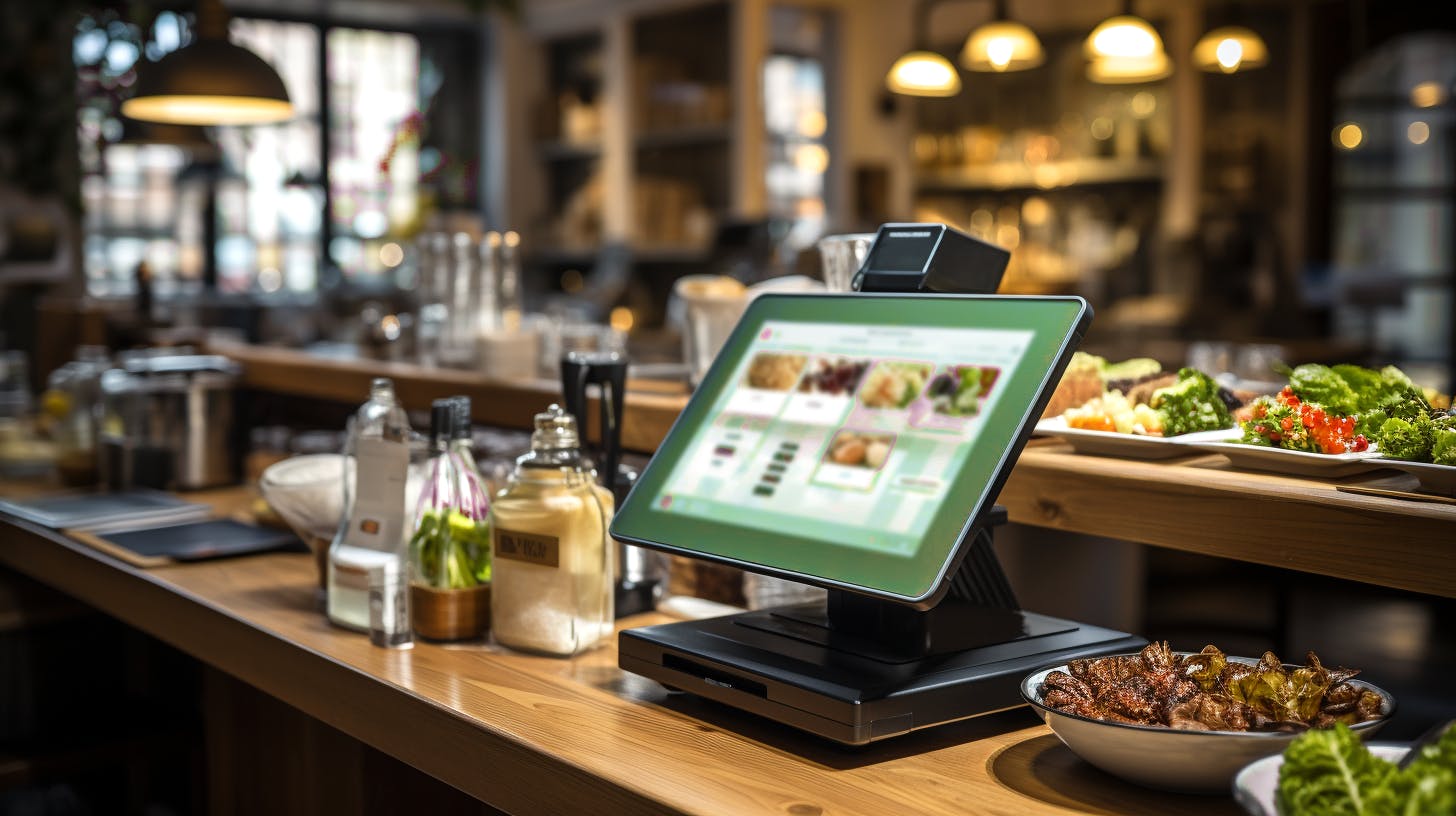How Digital Payments are Changing the Restaurant Industry

Technology has brought about an age of efficiency and convenience. Compared to so many other technological achievements and milestones, digital payment systems may seem small and insignificant. And yet, when looking at its immense impact on the restaurant industry alone, it’s hard to overstate its importance.
Restaurants already benefit from technology, such as smart POS systems, making it much easier for waiters to take orders and send them to the kitchen. Digitized payments also present a set of benefits and conveniences that have changed the restaurant industry in drastic ways.
Less Room for Errors
Even the most experienced waiters and cashiers are prone to human error. This reality does not make them any less skilled in their craft; there is always a risk of someone making a mistake. These mistakes range from the waiter bringing customers the wrong check, the customer not paying it in its entirety, or receiving the wrong amount of change.
While these mistakes are generally easy to fix, they can frustrate both parties and give already busy waiters an unnecessary obstacle to overcome.
Using digitized payment systems or implementing online payment into your website leaves very little room for human error. The benefit of lowering the risk of errors is less confusion, faster payment processing, and no frustration from either party. This benefit makes it easier for restaurants to calculate the checks and for the customers to pay.
Learn more about how Deliverect works
Contactless Payment
During the Covid pandemic, minimizing contact was crucial to combating the spread of the virus. Contactless payment was quite helpful in lowering the risk of transmitting the virus, although it didn’t take Covid for people to realize that paper money and coins are quite dirty.
Considering the countless potentially dirty conditions it goes through, cash is covered in all manner of nasty germs. But now, even after the Covid pandemic, contactless payment remains a far more hygienic alternative to cash.
Besides being more hygienic, contactless payment is also faster since most smartphones, smartwatches, and other gadgets come with a near-field communication (NFC) feature. This feature allows a customer to quickly swipe their gadget over a card reader without having to reach into their wallet for cash or cards.
Faster Payment Processing
One of the most common inquiries covered by restaurant feedback questions concerns the speed at which they serve customers. This data is crucial for restaurants that have hectic rush hours and must serve dozens of customers in a very short time.
Counting bills and the subsequent change is elementary math but requires some time, even for experienced restaurant cashiers; if the customer doesn’t pay the right amount of cash or doesn’t receive the right change, processing their payment slows down even more.
This slowdown is not something restaurants need to worry about with digital payment systems. Restaurants can input the exact number on the bill, and the customer pays that amount without going through their wallets for cash, holding up the line.
On top of that, cashiers aren’t troubled with sifting through the register for change. By eliminating cash from the transaction and switching to digitized payment systems, restaurants can significantly reduce the time it takes to process a check.
Easy and Accurate Record Keeping
Record-keeping is crucial for restaurants to overcome financial challenges. Improper management of a restaurant’s financial records could lead to significant inaccuracies in the restaurant’s budget, potentially impacting the business’s performance in the long run.
Digital payments make it easier for restaurants to manage their records. The business’s digital records log every order, allowing them to access any data they need easily. Now, orders paid with cash are registered in the restaurant’s financial books. Digital payments, however, are more manageable as they minimize inaccuracies and simplify sorting.
Another great advantage to digitized payments and record keeping is more accessible access to loads of customer data that can be instrumental in the success of a restaurant. By integrating CRM software that is optimized for restaurants, businesses can extract raw data from their transactions to use in their marketing and sales strategies.
Concluding with Digitized Payment Systems
Digitized payment systems have had quite an impact on the restaurant industry in many ways. A common factor among them is convenience, efficiency, and effectiveness, which are the core principles of most technological advancements.
With digital payments, it is now easier than ever to order and pay for food in eateries across the globe. And though digital payment systems aren’t as exciting as other technology, they’re still incredibly convenient and make our lives much more comfortable.